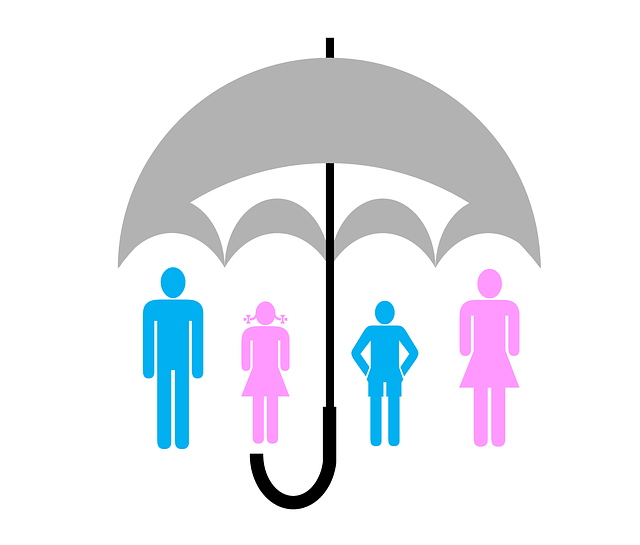Before selecting a car insurance policy, evaluate vehicle type, value, driving history, financial status, and specific needs (like roadside assistance). Understand the three primary coverage types: Liability, Collision, and Comprehensive. Assess risk tolerance, vehicle value, and daily risks to balance protection and cost by setting appropriate coverage limits. Scrutinize the fine print to comprehend definitions, exclusions, deductibles, and limitations. Compare quotes from multiple reputable companies, focusing on coverage options, deductibles, and discounts. Consider additional benefits and add-ons based on personal needs and driving lifestyle.
Selecting the best car insurance policy is a crucial step in protecting yourself and your vehicle. Understanding your insurance needs starts with evaluating factors like driving history, vehicle type, and location. This guide will walk you through the process of choosing the ideal policy by exploring different types of coverage, evaluating limits, decoding fine print, comparing quotes, and considering additional benefits. By following these strategies, you’ll be equipped to make an informed decision on how to choose the best car insurance policy tailored to your needs.
Understanding Your Insurance Needs: Factors to Consider Before Buying

Before diving into the complexities of car insurance policies, understanding your specific needs is paramount. This involves assessing several factors that will influence your decision-making process. Firstly, consider the type of vehicle you own and its value; different cars come with varying levels of risk and replacement costs. Additionally, evaluate your driving history and experience; a clean record usually translates to lower premiums. Understanding your daily usage is another critical aspect – whether for commuting, long-distance travel, or occasional use – as this impacts coverage requirements.
Other considerations include personal financial status, desired level of protection (comprehensive vs. liability), and any specific needs like roadside assistance or rental car coverage. Knowing these elements will help you determine the right balance between coverage and cost when shopping for the best car insurance policy.
Types of Car Insurance Policies: Exploring Liability, Collision, and Comprehensive

When it comes to selecting the best car insurance policy, understanding the different types of coverage is key. The three primary categories—Liability, Collision, and Comprehensive—each serve a distinct purpose in protecting you financially. Liability insurance covers damages you cause to others’ property or injuries to others, offering essential protection against legal costs and settlements. Collision coverage, on the other hand, picks up where liability leaves off, compensating for damage to your own vehicle following a collision with another car or object.
Comprehensive insurance takes a broader approach, protecting against a wide range of non-collision events such as theft, vandalism, natural disasters, and animal strikes. While comprehensive coverage is often optional, it can provide peace of mind knowing that unexpected incidents won’t leave you burdened by repair costs. When choosing the best car insurance policy, weigh your risk tolerance, vehicle value, driving history, and budget to determine which combination of liability, collision, and comprehensive coverage offers the ideal balance between protection and affordability.
Evaluating Coverage Limits: Balancing Protection and Cost

When evaluating car insurance policies, understanding coverage limits is a crucial step in how to choose the best policy for your needs. This involves balancing protection and cost. Higher coverage limits offer more financial security in case of severe accidents or theft, but they also come with higher premiums. It’s essential to assess your risk tolerance and budget while ensuring you’re adequately covered.
Consider factors like your vehicle’s value, driving history, and the potential risks you face daily. For example, if you drive a high-value car or frequently navigate through areas prone to accidents or theft, opting for higher coverage limits might be wise. Conversely, if your vehicle is older and its replacement cost isn’t significant, you could opt for lower limits to save on insurance expenses without sacrificing essential protection.
Reading Policy Fine Print: Decoding Terms and Exclusions

When exploring how to choose the best car insurance policy, one crucial step often overlooked is meticulously reading the fine print. Policy documents are packed with legal jargon and technical terms designed to protect the insurer, which can make them seem daunting. However, understanding these conditions is essential for making informed decisions about your coverage.
Pay close attention to definitions of key terms, exclusions, deductibles, and limitations. Exclusions detail what isn’t covered under your policy, while deductibles represent the amount you must pay out-of-pocket before insurance kicks in. Knowing these details helps ensure you’re not left with unexpected costs during a claim. Compare different policies side-by-side to identify which one offers the best balance of coverage and affordability based on your specific needs and driving habits.
Comparing Quotes from Insurers: Strategies for Getting the Best Deal

When shopping for a car insurance policy, comparing quotes from different insurers is an absolute must. Start by gathering policies from multiple reputable companies to ensure you’re getting competitive rates. Don’t solely focus on price; coverage options and deductibles play significant roles in your overall protection. Analyze each quote meticulously, considering the scope of coverage, exclusions, and any add-ons offered. Understanding these nuances will help you make an informed decision when choosing the best car insurance policy for your needs.
Utilize online platforms or direct communication with insurers to request quotes. Provide accurate information about your vehicle, driving history, and coverage preferences. Be transparent to avoid misunderstandings later. Cross-check policies side by side, factoring in any special discounts you might qualify for (e.g., safe driver programs, bundle packages). This strategic approach will not only secure the best deal but also ensure you’re adequately covered should an unexpected event occur.
Additional Benefits and Add-ons: Enhancing Your Car Insurance Policy

When comparing and selecting the best car insurance policy, don’t overlook the importance of additional benefits and add-ons. These features can significantly enhance your coverage and provide peace of mind while driving. Consider options like roadside assistance, which offers help in case of a flat tire or vehicle breakdown, ensuring you’re supported on the road. Also, look into rental car coverage, which can be useful if your insured vehicle is damaged and needs repairs.
Other valuable add-ons include medical payments coverage, which helps pay for unexpected medical expenses after an accident, and personal injury protection, offering financial assistance for injuries sustained in a collision. These extras can transform your basic policy into a comprehensive package, catering to various needs beyond the standard liability and collision coverages. Choose wisely based on your specific circumstances to ensure you’re adequately protected while saving on unnecessary features that don’t align with your driving lifestyle.
